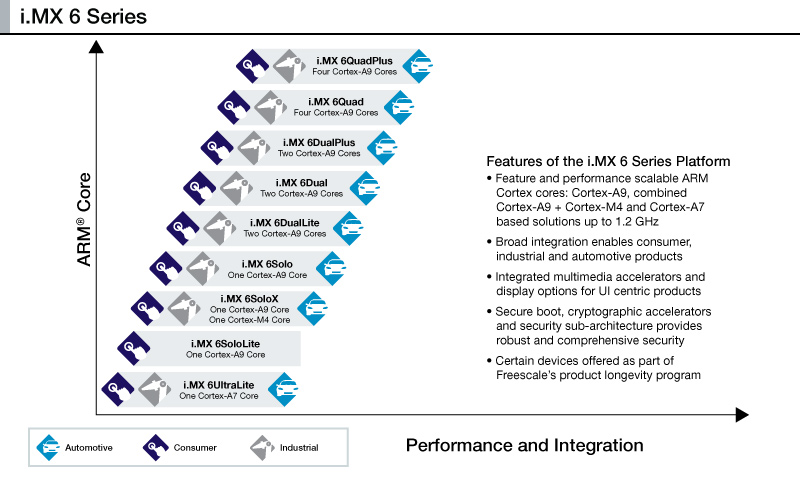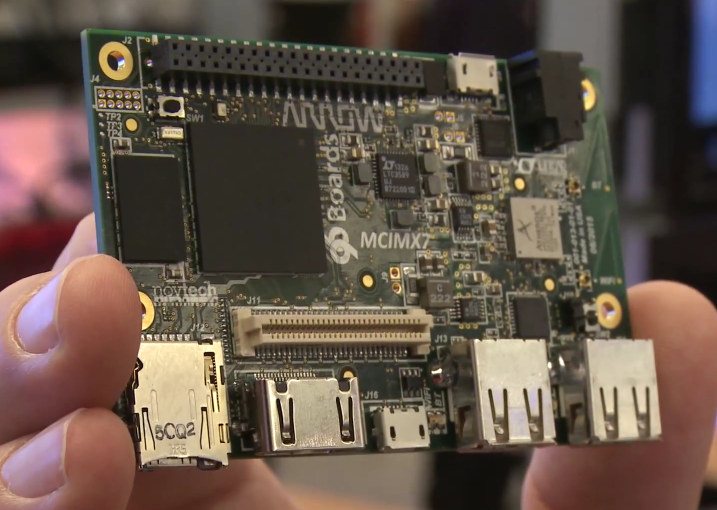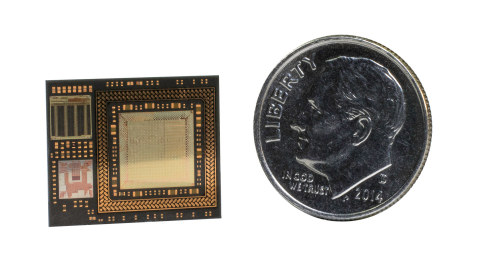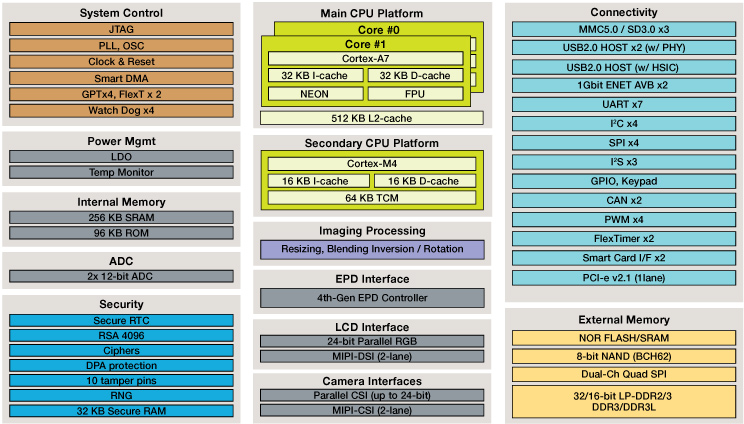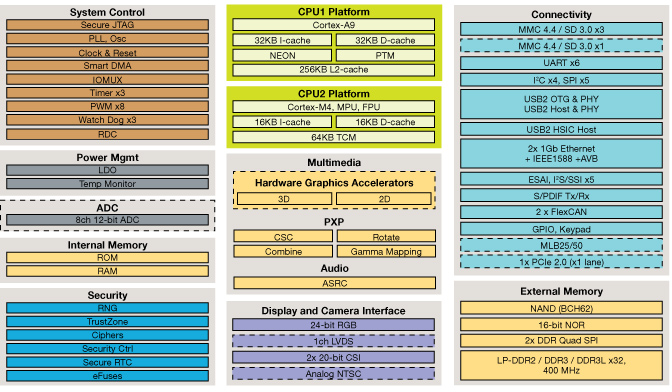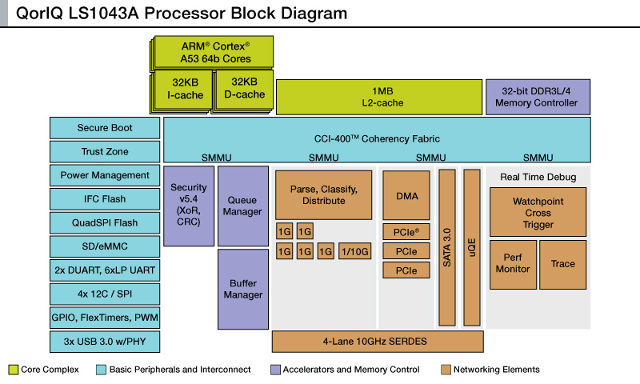After Google Brillo operating system was officially launched last week, another company has announced free operating systems for IoT. What’s peculiar is that the company is Wind River a vendor of commercial operating systems whose typical business model is to sell licenses for their operating systems and fees for their development services. Nevertheless, the company has now introduced Wind River Rocket real-time operating system, and Wind River Pulsar Linux operating system. Both OSes will interface with the company’s Helix Cloud software-as-a-service (SaaS) products, which is probably how the company intends to monetize their work, on top of customization services. Wind River Helix App Cloud is currently made of three products: Helix App Cloud cloud-based development environment for building IoT applications Helix Lab Cloud cloud-based virtual hardware lab for simulating and testing IoT devices and complex systems. Helix Device Cloud cloud-based platform for managing deployed IoT devices and their data. Some […]
ARM TechCon 2015 Schedule – IoT, Servers, 64-bit ARM, Power Usage Optimization, and More
The ARM Technology Conference (ARM TechCon) will take place on November 10 – 12, 2015, in Santa Clara Convention Center, and just like every year, there will be a free exposition for companies to showcase their latest innovation and/or products, as well as a technical conference with sessions and workshops sorted into various tracks: Automotive/Embedded Vision Embedded IoT Mobile/Connectivity Networking Infrastructure/Servers Tools & Implementation Wearables/Sensors ARM Training Day Sponsored Vendor Training Special Event General Event Software Developers Workshop You can find the complete schedule on ARM TechCon website. Although I won’t attend, I’ve created my own virtual schedule with some of the sessions I found interesting. Tuesday – November 10 8:30 – 9:20 – ARM Vision for Thermal Management and Energy Aware Scheduling on Linux by Ian Rickards (ARM), Charles Garcia-Tobin (ARM), Bobby Batacharia (ARM) This talk will cover the history and where are we going, for ARM’s Power Software (IPA, […]
Freescale i.MX6 DualPlus and QuadPlus SoCs Gets Faster 2D and 3D Graphics, Higher Memory Bandwidth
Freescale unveiled three new models for its i.MX 6 family processor for consumer, industrial and automotive markets in May. Two models are an upgrade to existing i.MX6 Quad and i.MX6 Dual processors, as the new i.MX 6QuadPlus and i.MX6DualPlus processors features four and two Cortex A9 cores, together with improved 2D and 3D GPUs delivering around 50% faster performance, an “optimized” SDRAM controller, more SRAM, and a prefetch and resolve engine. The third model, i.MX 6UltraLite, features a single ARM Cortex A7 core and hardware security, and targets applications such as electronic Point Of Sales (ePOS). That means there are now 9 i.MX6 processors, and today, I’ll focus on the two new “Plus” versions. Since they are based on the original i.MX6 Quad and i.MX6 Dual processors, the best way to have a look at these is to compare them to their predecessors. Features i.MX 6QuadPlus i.MX 6Quad i.MX 6DualPlus […]
Freescale i.MX7 96Boards Compliant Board Coming in Q4 2015
96Boards is an open hardware platform specification for 32-bit and 64-bit processors boards (64+32 = 96), but so far only 64-bit board have been launched or announced, and 32-bit boards were missing from the equation. Freescale will soon change that as they’ve partnered with Arrow Electronics on a 96Boards compliant board powered by Freescale i.MX7 Dual due to be released at the same time as i.MX7 enters mass production, which is scheduled for November 2015. Freescale i.MX6 96Boards (MCIMX7 ?) preliminary specifications: SoC – Freescale i.MX 7Dual with two ARM Cortex A7 cores @ 1.0 GHz, one ARM Cortex M4 core @ 266 MHz, and a 2D image processing engine (no 3D GPU) System Memory – TBD (Probably 512MB or 1GB RAM) Storage – micro SD card slot up to 64GB + flash? (TBC) Video Output – HDMI connector + DSI via HS expansion header Connectivity – Wi-Fi 802.11g/n and […]
Freescale Introduces a Coin-sized Single Chip Module (SCM) Based on Freescale i.MX 6Dual
As the Freescale Technology Forum 2015 is taking place in Austin, Texas, the company will announce a few new products over the 4-day conference. After the official launch of Freescale i.MX 7 series processors, Freescale unveiled a new product based on their existing i.MX6 platform with “i.MX 6Dual SCM” (Single Chip Module) that integrate a dual core i.MX 6Dual processor with 1 or 2 GB LPDDR2 (PoP), a 16MB NOR flash and a PMIC in a tiny, coin-sized module. Key feature of SCM-i.MX6D module: Freescale i.MX 6Dual application processor with two ARM Cortex A9 core @ 800 MHz and Vivante GPUs (2D/3D) System Memory – 1 or 2 GB LPDDR2 (PoP configuration) Storage – 16 MB SPI NOR (Micron N25Q128A13) Power Supply – Freescale PMIC PF0100 Dimensions – 17mm x 14mm x 1.7mm There are also 109 discrete components on the module. BSPs for Linux and Android will be provided. […]
Freescale Launches i.MX 7 Series Cortex A7 + Cortex M4 Processors for IoT Applications
Freescale announced plans for i.MX 7 and i.MX 8 processors in 2013, but it’s only in the last few months there have been some patchsets submitted to the ARM Linux Kernel mailing list, and so far all documentation was only available to companies and developers under NDA. Now the company has officially launched i.MX 7 series, and although all documents are not available yet, Freescale has released a factsheet providing an overview about the processors. Freescale i.MX 7 series processors targets applications such as wearables, e-readers, secure point-of-sale equipment, smart home controls, industrial automation products and other IoT solutions. Two processors are currently available: the single core i.MX 7Solo processor, and the dual core i.MX 7Dual processor. Both basically share the same specifications, but beside the extra Cortex A7 core, i.MX 7Dual also adds on extra USB host port, a PCIe interface, an extra Gigabit Ethernet port, and a 4th […]
Freescale Announces i.MX 6SoloX ARM Cortex A9 & Cortex M4 Processor
Freescale i.MX6 SoloX processor started to show up in the ARM Linux Kernel mailing list last year, and Cortex A9 + Cortex M4 processor showed up in some marketing documents, but so far all documentation was tied to a non-diclosure agreement. However, all resources are now publicly available, as the company officially launched i.MX 6SoloX processor at Embedded World 2015. Freescale i.MX 6SoloX specifications: CPU – ARM Cortex-A9 up to 1 GHz with 512 KB L2 cache, 32 KB instruction and data caches and NEON SIMD media accelerator MCU – ARM Cortex-M4 up to 200 MHz with 16 KB instruction and data caches, 64 KB TCM, MPU and FPU Memory Interface 16/32-bit DDR3-800 and DDR3L-800, 16/32-bit LPDDR2-800 SLC/MLC NAND, 62-bit ECC, ONFI2.2 2x DDR Quad SPI NOR flash, 16/32-bit NOR Flash Display and Camera Interfaces Parallel RGB LVDS 20-bit parallel CMOS sensor interface NTSC/PAL analog video input interface Multimedia GPU […]
Freescale Unveils QorIQ LS1043A Quad core ARM Cortex A53 Communication Processor for Fanless Networking Equipment
Freescale has introduced the QorIQ LS1043A communications processor, powered by four 64-bit ARM Cortex A53 cores, and destined to be integrated into “intelligent-edge networking equipment including security appliances, SDN (Software Designed Networks) / NFV (Network Functions Virtualization) edge platforms and other fanless, power-efficient applications.” A dual core version named LS1023A is also available. Key features of LS1043A and LS1023A SoCs: CPU – Quad (LS1043A) or Dual (LS1023A) ARM Cortex-A53 64-bit cores @ 1 GHz to 1.5 GHz with 32/32 I/D Cache KB L1 and 1 MB L2 cache. 16,000+ CoreMarks. Networking & High Speed Interfaces: Up to six 1x GbE or 1x 10GbE and five x GbE Four lane SerDes up to 10 GHz multiplexed across controllers supporting: Three PCI Express Gen 2 interfaces SATA 3.0 Interface uQUICC Engine Accelerators and Memory Control DPAA (Data Path Acceleration Architecture) Parse, Classify and Distribution Engines Integrated security engine 32-bit DDR3L/4 controller Other peripherals 3x […]




